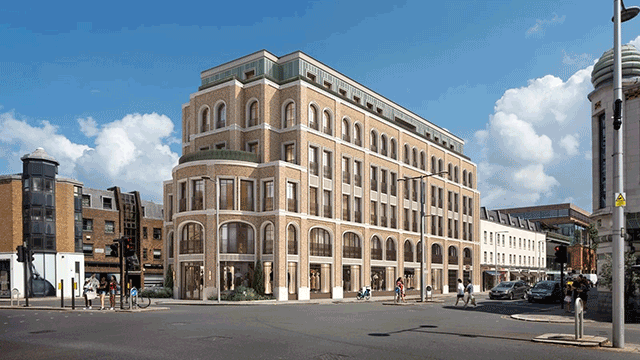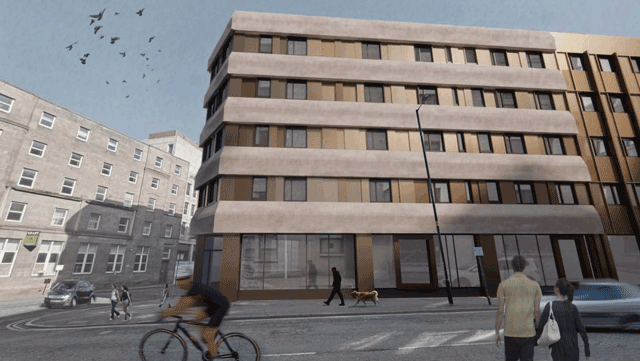 When Boris Johnson unveiled a Chinese billionaire’s £500m plans to rebuild the Victorian Crystal Palace, he declared: “The palace will rise again.”
When Boris Johnson unveiled a Chinese billionaire’s £500m plans to rebuild the Victorian Crystal Palace, he declared: “The palace will rise again.”
Walk through Crystal Palace in south-east London two and a half years later, and you will find it hard to imagine an enormous glass masterpiece of architectural engineering comparable to Sir Joseph Paxton’s original, once or ever again erected on that spot.
ZhongRong Group’s failure to deliver the “world-class cultural attraction”, which was expected to include conference space, galleries and a hotel, demonstrates the challenges for foreign developers navigating the UK planning system.
Richard Ford, head of London and international planning at Pinsent Masons, which advised ZhongRong, says the Hong Kong-based developer was close to reaching an agreement with Bromley Council but it was ultimately the two nations’ different approaches to planning that caused the project to fail.
“When you add up the land issues, the planning issues and the parliamentary act issue, there’s only so much money the Chinese were prepared to spend without the certainty of any of those things happening,” he says.
The proposed publicly owned site boasts a host of peculiar features particular to the UK planning system. It is classified as Metropolitan Open Land, so any development would have to demonstrate “very special circumstances”.
The land is also governed by the Crystal Palace Act 1990, which would need to be amended in parliament before a large development was approved. These stipulations make it a more challenging site than if it were privately held, where ZhongRong could have bought at its own risk.
As is common practice in China, ZhongRong had expected to buy the land upfront before receiving planning permission and producing a detailed business plan for Bromley Council.
“Chinese developers expect the state to deliver for them,” Ford says. “In the UK, the state does help them – the GLA, and the boroughs – but there’s only so far I think that they could position towards the Chinese way of thinking before they felt exposed to doing something that would attract objection and complaint from local residents and indeed the precedent of London’s major parkland being developed as well.”
Bromley Council agreed the failure of the scheme came down to the planning system.
“The approach about rebuilding the Crystal Palace was relatively unusual as the proposed site had not been marketed for sale and there were no planning policies in place which would have supported such a proposal, and nor was there any land deal,” a spokesperson said. “Discussions with ZhongRong unfortunately never progressed into a viable proposal.”
Ford suggests the UK has to either adapt to the Chinese attitude towards risk-taking and state delivery, or create a toolkit for Chinese and other foreign investors to help them navigate the system.
An inward investment toolkit would include a basic overview of the workings of the UK’s land system, valuations, land contracts, town and country planning system, and political system. He has had talks with government to create such a toolkit, but says it is unlikely for any progress to be made before the London mayoral elections in May.
Colm Lacey, development director at Croydon Council, admits there is a lot of frustration with the planning system, but says that in all the boroughs he has worked in, each one has been “really good” at dealing with big applications.
Ford agrees, saying the planning system “works perfectly well”, providing it is well-resourced.
“The major problem with the planning system isn’t the planning system at all, it’s the land-banking of permissions.
“Most big schemes have got pretty clued-up planning officers and if not, then they rapidly go to appeal and you’ve got pretty clued-up planning inspectors.
“The developer market is the reason schemes aren’t happening quickly enough, because there aren’t enough developers and they don’t want to release their product until the time is right,” he adds.
This problem could be solved if the government reduced the lifespan of planning permissions, which would force the market to respond, he says.
However, he says market concerns were not a primary factor in ZhongRong’s decision to give up on Crystal Palace.
ZhongRong said at the time that it was “obviously disappointed” that no agreement had been reached, adding that agreement over the size of the site and leasehold arrangements had been “critical” for the development.
Ford is optimistic that despite a slowdown in China’s economy, there will be more successful Asian ventures in the UK over the next two years, as both nations become more familiar with each other’s ways of working.
“The Chinese get it done. That’s just how they operate, because they see things on a completely different scale. They build megacities in five years, not 20,” he says.
Joint ventures: the way forward
The key to successful foreign investment is entering into a joint venture or development partnership with a UK entity.
Richard Ford of Pinsent Masons
says this is because it ensures better understanding of the planning and procurement process and local authorities see it as a safer option.
He cites Asia Business Park’s £1bn regeneration of the Royal Albert Dock with UK-based developer Stanhope as a good example of this.
Colm Lacey, who was director of planning at Newham Council when ABP’s application was submitted, says it was a “sensitive process” navigating the different businesses’ expectations.
“It was really good they [ABP] had advice from Stanhope and Savills in the UK. You need to be clear and work out expectations on both sides,” he says.










